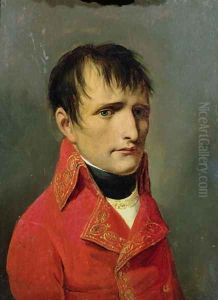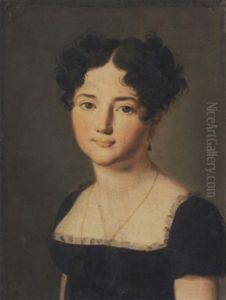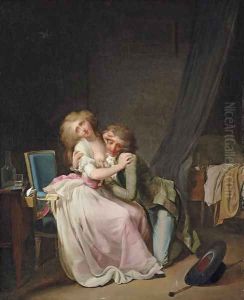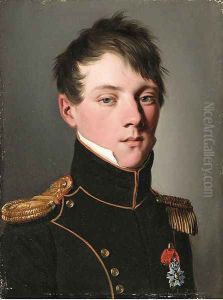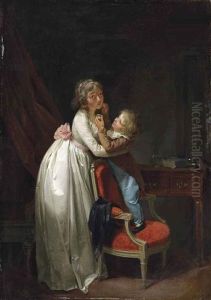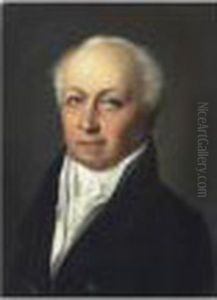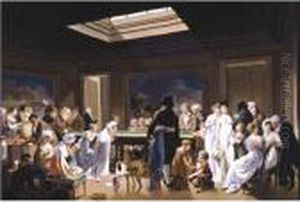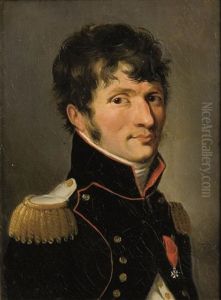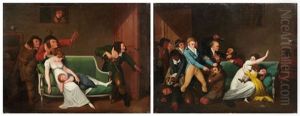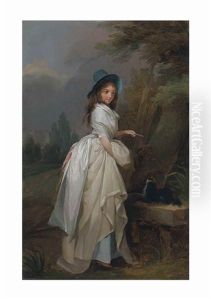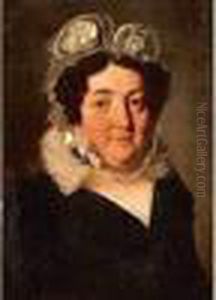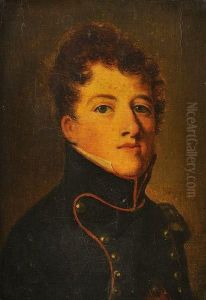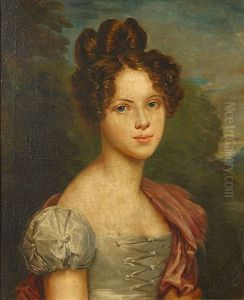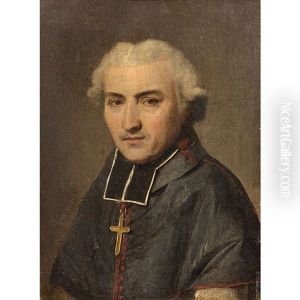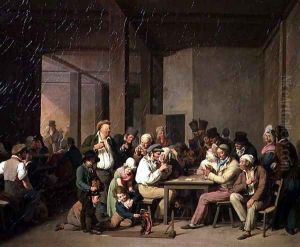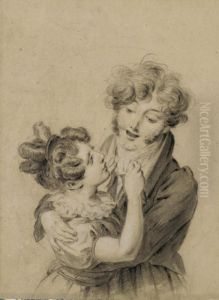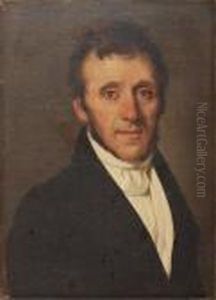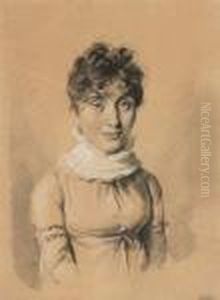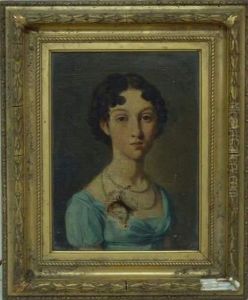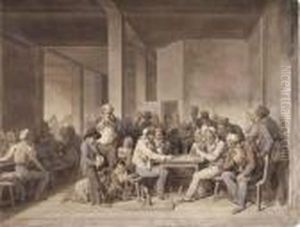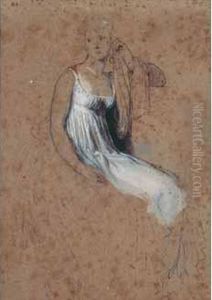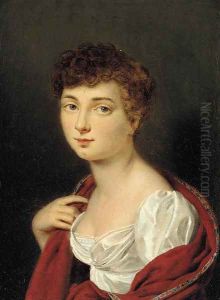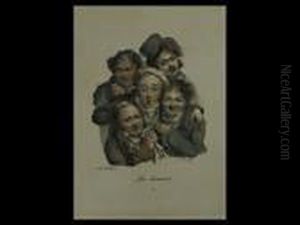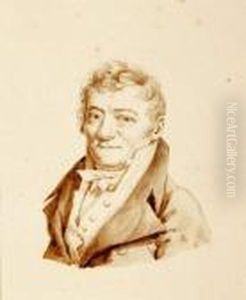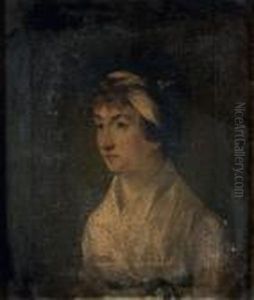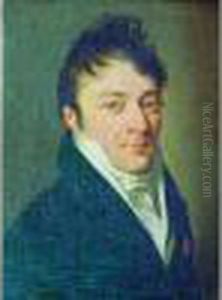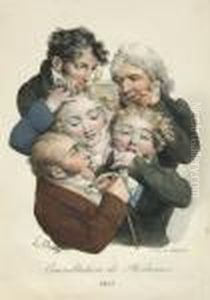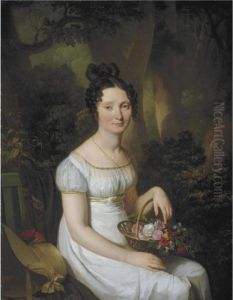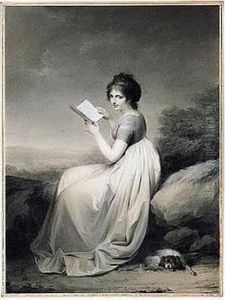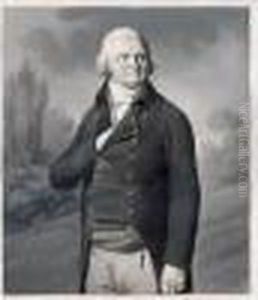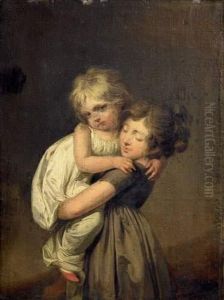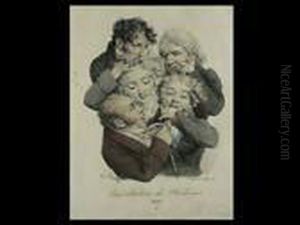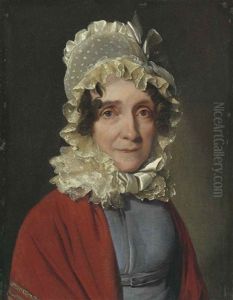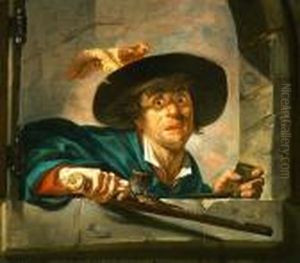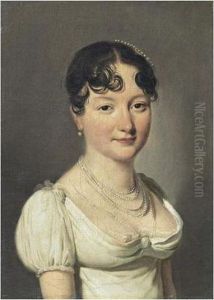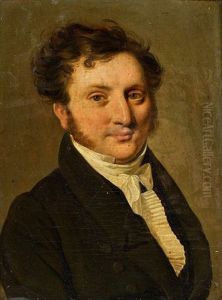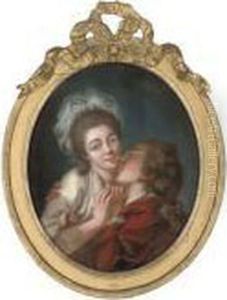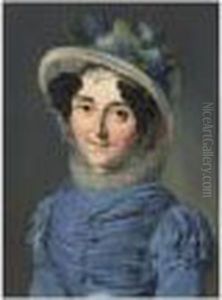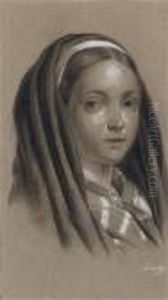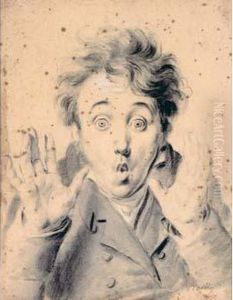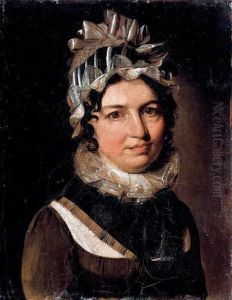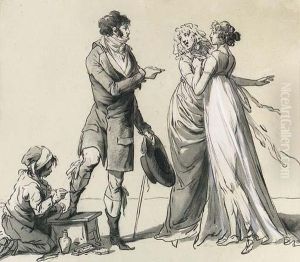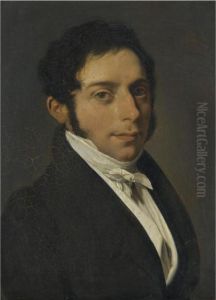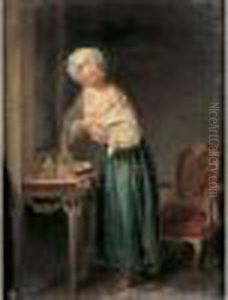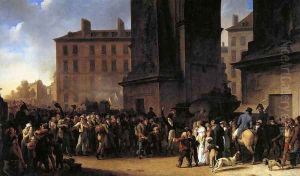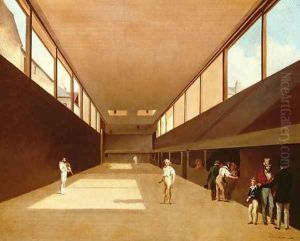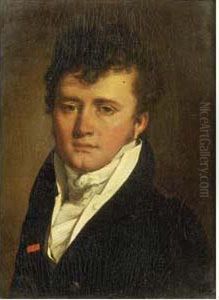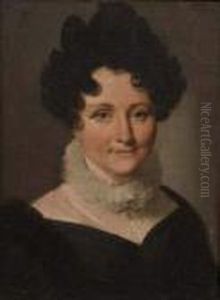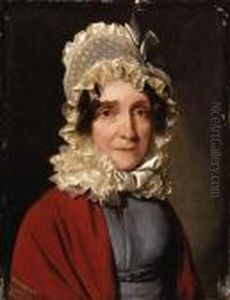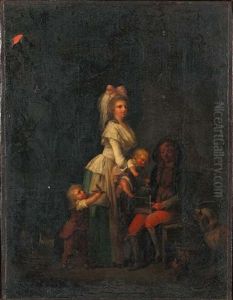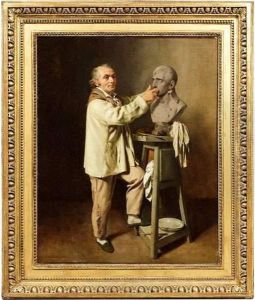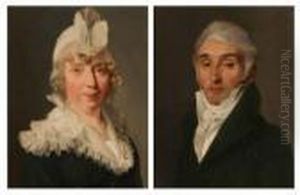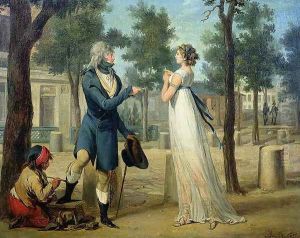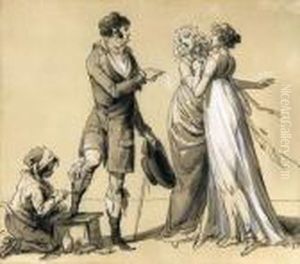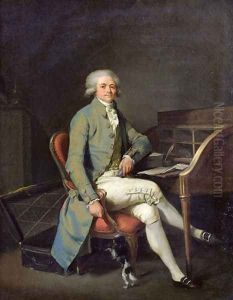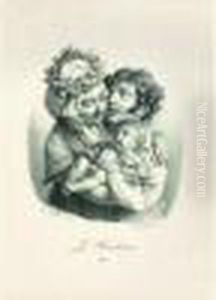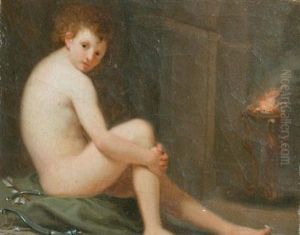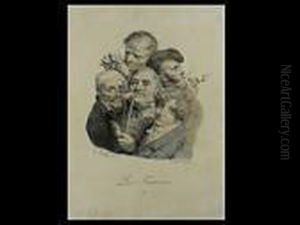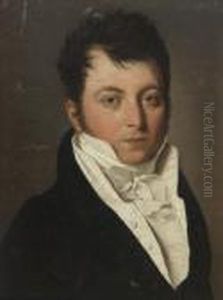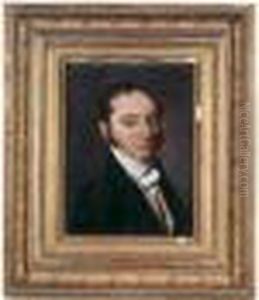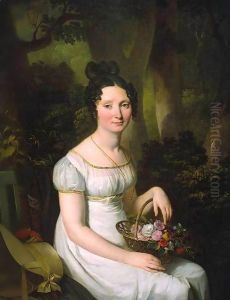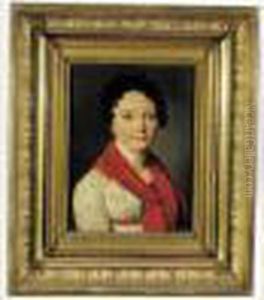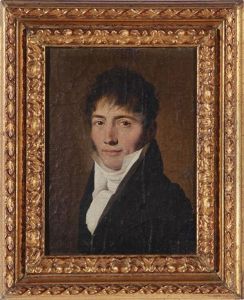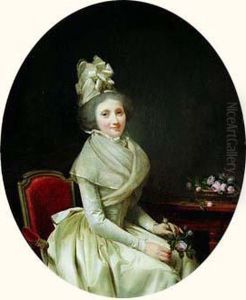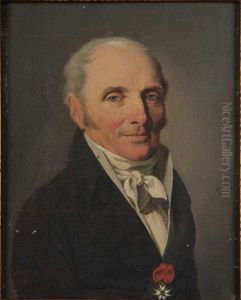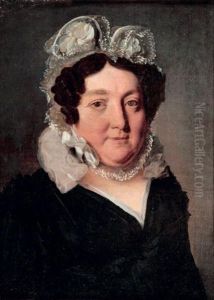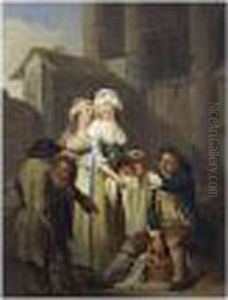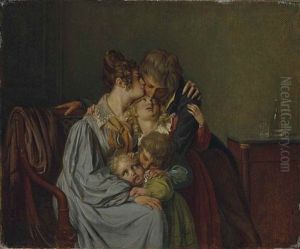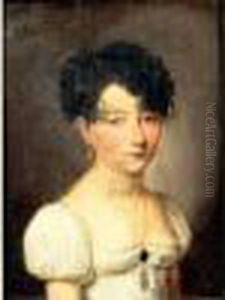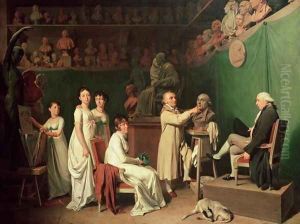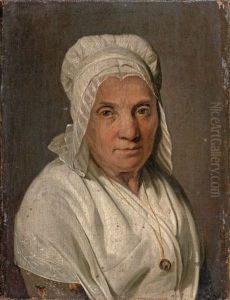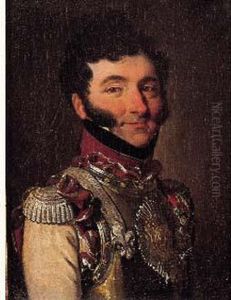Louis Leopold Boilly Paintings
Louis Leopold Boilly was a French painter and draftsman known for his genre scenes and portraits that vividly captured French middle-class life and society during the late 18th and early 19th centuries. Born on July 5, 1761, in La Bassée, Northern France, Boilly lived through a tumultuous period in French history that encompassed the final years of the Ancien Régime, the French Revolution, the Napoleonic era, and the Restoration.
Boilly moved to Paris in 1785, where he began to achieve success with his detailed and realistic genre paintings, which often included humorous and moralizing elements. His work 'The Arrival of the Stagecoach' showcased his ability to portray a variety of characters and social classes within a single scene. Boilly is also credited with introducing the trompe-l'oeil genre of painting to French art, further demonstrating his versatility and innovation as an artist.
During the French Revolution, Boilly adapted his style to stay in favor with the changing political climate. He produced a significant number of portraits during this time, which helped to maintain his livelihood. His painting 'The Triumph of Marat' celebrated the revolutionary hero Jean-Paul Marat, reflecting the political shift of the era.
Despite his ability to navigate the Revolution, Boilly found himself in danger during the Reign of Terror, narrowly escaping prosecution for his works that were deemed too frivolous. However, he continued to paint and, after the fall of Robespierre, he returned to his preferred subjects of Parisian life and social scenes.
Throughout his career, Boilly remained prolific, creating over 5,000 paintings and drawings. His works provide a comprehensive visual documentation of the manners, costumes, and interiors of the time. He was awarded a medal by the Salon in 1804 and was granted the Légion d'Honneur in 1833, cementing his reputation as a significant figure in French art history.
Boilly's late work often focused on intimate domestic scenes, reflecting the changing tastes of the period. His ability to capture the nuances of expression and personality made his portraits highly sought after. Louis Leopold Boilly died on January 4, 1845, in Paris, leaving behind a legacy as a master of genre painting and portraiture who uniquely chronicled an era of profound social and political change.
